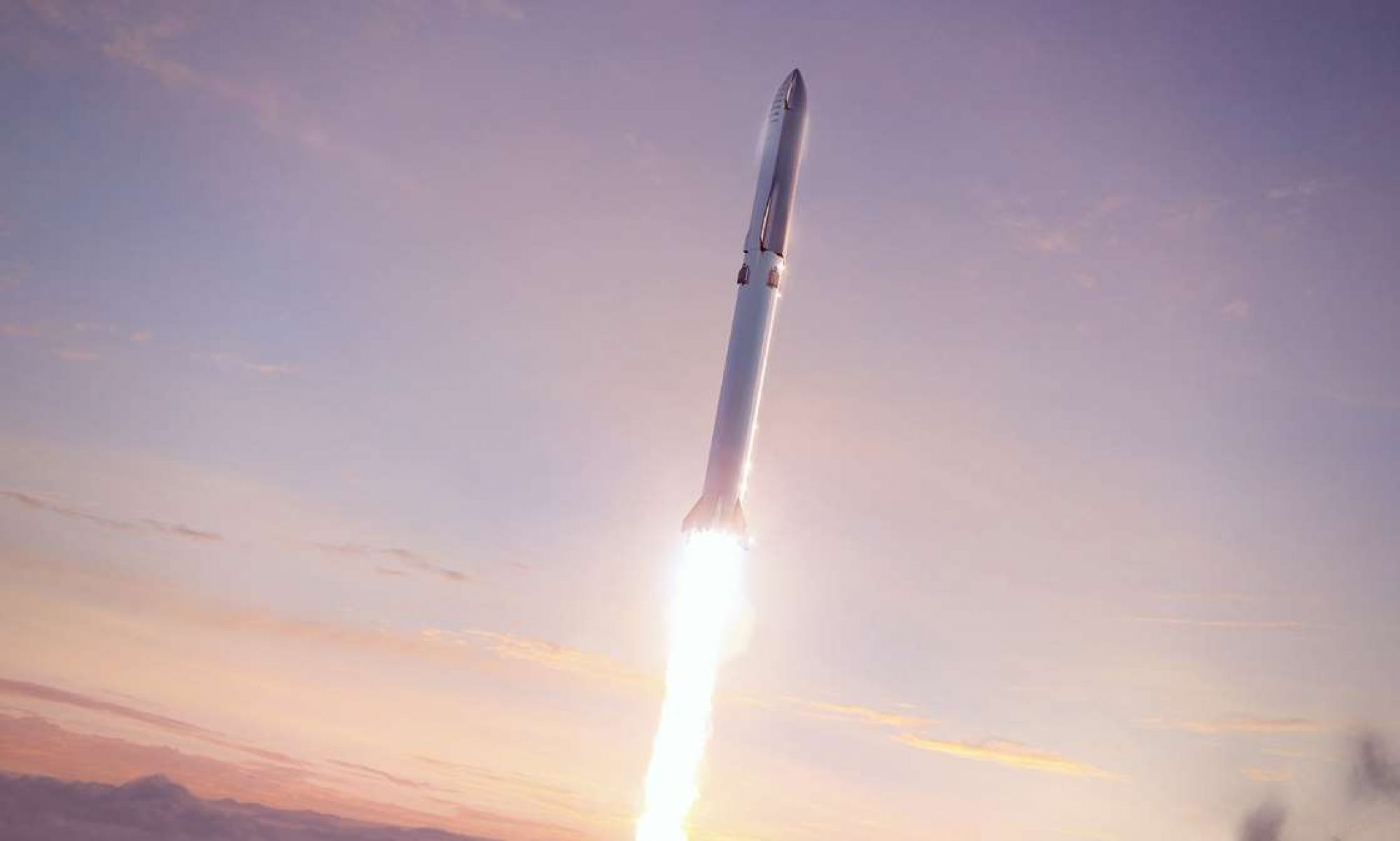Previously we looked at the Acetylene-Hydrogen rocket, but didn’t examine the performance in great detail. Glassman’s patent assumed a combustion chamber pressure of 20 atmospheres, exhausting to ambient of 1 atmosphere. The 1:8 ratio had a combustion temperature of just 1140 K and average molecular mass of 6.00 in the exhaust, reaching 275 seconds Isp. Using these figures we can compute a Titan surface performance of 261.5 seconds (1.448 atm pressure) and a vacuum performance (with a vacuum optimised engine bell) of 4,140 m/s. That’s an impressive figure for in-space maneuvers, beating the ~3,800 m/s that SpaceX’s hoping for its Raptor engines.
| TABLE I | | |
| Physical Properties | | |
| LIQUID ACETYLENE AND LIQUID HYDROGEN | | |
| Acetylene (B.P. -84? C.) : | | |
| dHf? (25? C.) (gas) | 54.19 | kcal/mole |
| dHvap (-84? C., atm.) | 1.52 | kcal/mole |
| dHf? (25? C.) (liq.) | 52.67 | kcal/mole |
| dHe (25? C.) (net) (liq.) | 47,900 | kJ/kg |
| Hydrogen (B.P. -252.8? C.): | | |
| dHf? (25? C.) (gas) | 0 | kcal/mole |
| dHvap (-252.8? C., 1 atm.) | 0.216 | kcal/mole |
| Cp (liq.) = 2.5 cal./gm. K. | 2.5 | cal./gm. K. |
| dH c = -2.5 (298.1-20.3) | 1.388 | kcal/mole |
| dHf (-253? C.) (liq.) | -1.6 | kcal/mole |
| dHe (25? C.) (net) | 115,400 | kJ/kg |
| TABLE II | | | | | | | |
| | | | | | | |
| Reactants | T (K) | Mol. Mass (g) | Isp (sec) | | | | |
| | | | Products in Moles | |
| | | | C | H2 | CH4 | dHo, MJ/kg |
| C2H2+1.0 H2 | 2,150 | 14 | 260 | 2 | 2 | 0 | 52.68 |
| C2H2+1.5 H2 | 1,900 | 11.6 | 261 | 2 | 2.5 | 0 | 54.89 |
| C2H2+2.0 H2 | 1,750 | 10 | 267 | 2 | 3 | 0 | 56.99 |
| C2H2+3.0 H2 | 1,500 | 8.4 | 268 | 1.8 | 3.6 | 0.2 | 60.71 |
| C2H2+4.0 H2 | 1,350 | 7.47 | 270 | 1.55 | 4.1 | 0.45 | 62.80 |
| C2H2+5.0 H2 | 1,275 | 6.85 | 271 | 0.26 | 4.52 | 0.74 | 66.76 |
| C2H2+6.0 H2 | 1,225 | 6.53 | 273 | 0.83 | 4.66 | 1.17 | 69.31 |
| C2H2+7.0 H2 | 1,175 | 6 | 278 | 0.68 | 5.36 | 1.32 | 71.64 |
| C2H2+8.0 H2 | 1,140 | 6 | 275 | 0 | 5 | 2 | 73.50 |
| C2H2+9.0 H2 | 1,050 | 5.5 | 272 | 0 | 6 | 2 | 75.36 |
| TABLE III | | | | | | | |
| Reactants | T (K) | Mol. Mass | Isp (sec) | Products in Moles | |
| | | | C | H2 | CH4 | dHo, MJ/kg |
| Isopropenyl-Acetylene | 1,380 | 22 | 166 | 483 | 2.66 | 0.17 | 43.8 |
| Methyl-Acetylene | 1,680 | 20 | 191 | 300 | 2 | 0 | 45.8 |
| C2H2----- | 3,100 | 25.5 | 236 | 2 | 0.98 | 0.04 | 47.9 |
| 1-Hexyne | 1,090 | 21.2 | 48 | 4.76 | 2.52 | 24 | 43.2 |
| Isobutenyl-Acetylene | 1,250 | 23.2 | 147 | 5.44 | 2.88 | 0.56 | 44.2 |
| 1-Butyne | 1,330 | 14.9 | 171 | 3.72 | 2.44 | 0.28 | 45.1 |
| 1,7-Octadiyne | 1,450 | 21.2 | 174 | 8 | 5 | 0 | 43.5 |
| 16-Heptadiyne | 1,670 | 22.5 | 179 | 7 | 4 | 0 | 43.1 |
| 1,5-Hexadiyne | 2,060 | 26 | 190 | 6 | 3 | 0 | 44.2 |
| C2H2+8.0 H2 | 1,140 | 6 | 275 | 0 | 5 | 2 | 73.5 |
| C2H2+O2--------- | 3,590 | | 266 | | | | 0.0 |
| 1,5-Hexadiyne+17H2 | 1,100 | 7.46 | 242 | 1 | 10 | 5 | 65.8 |
